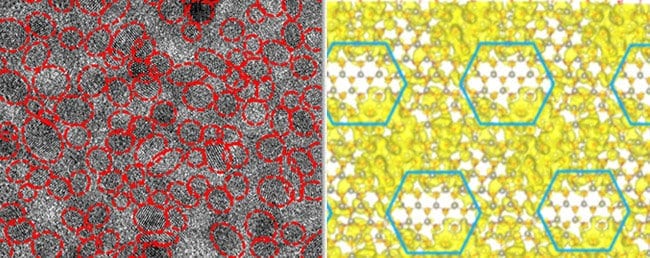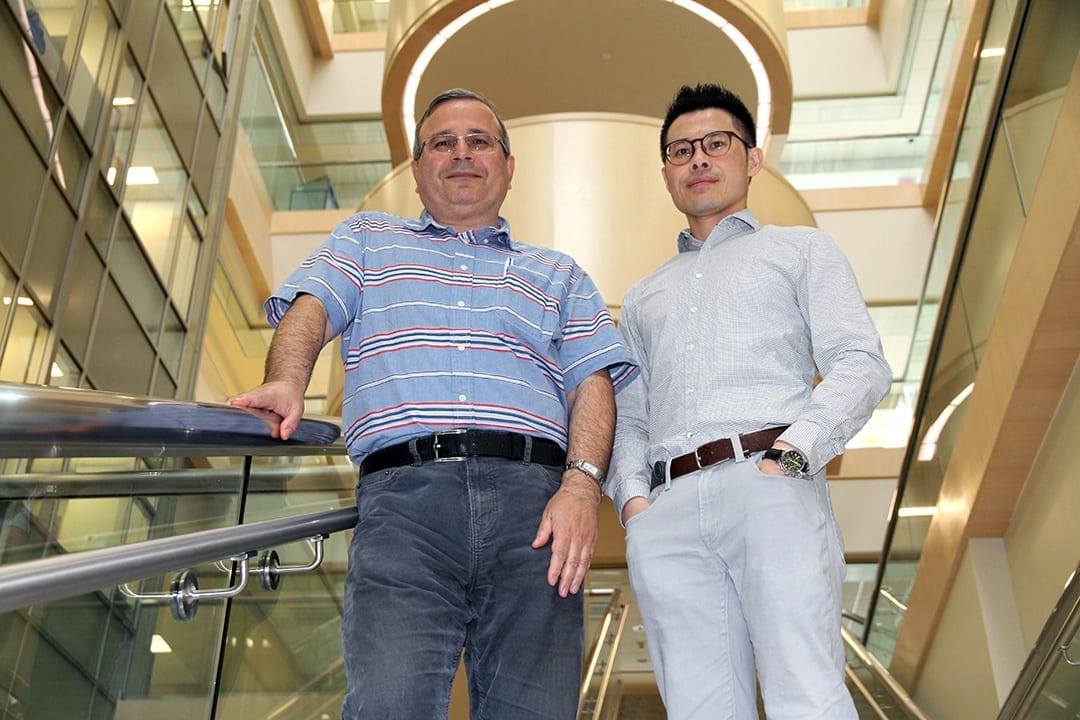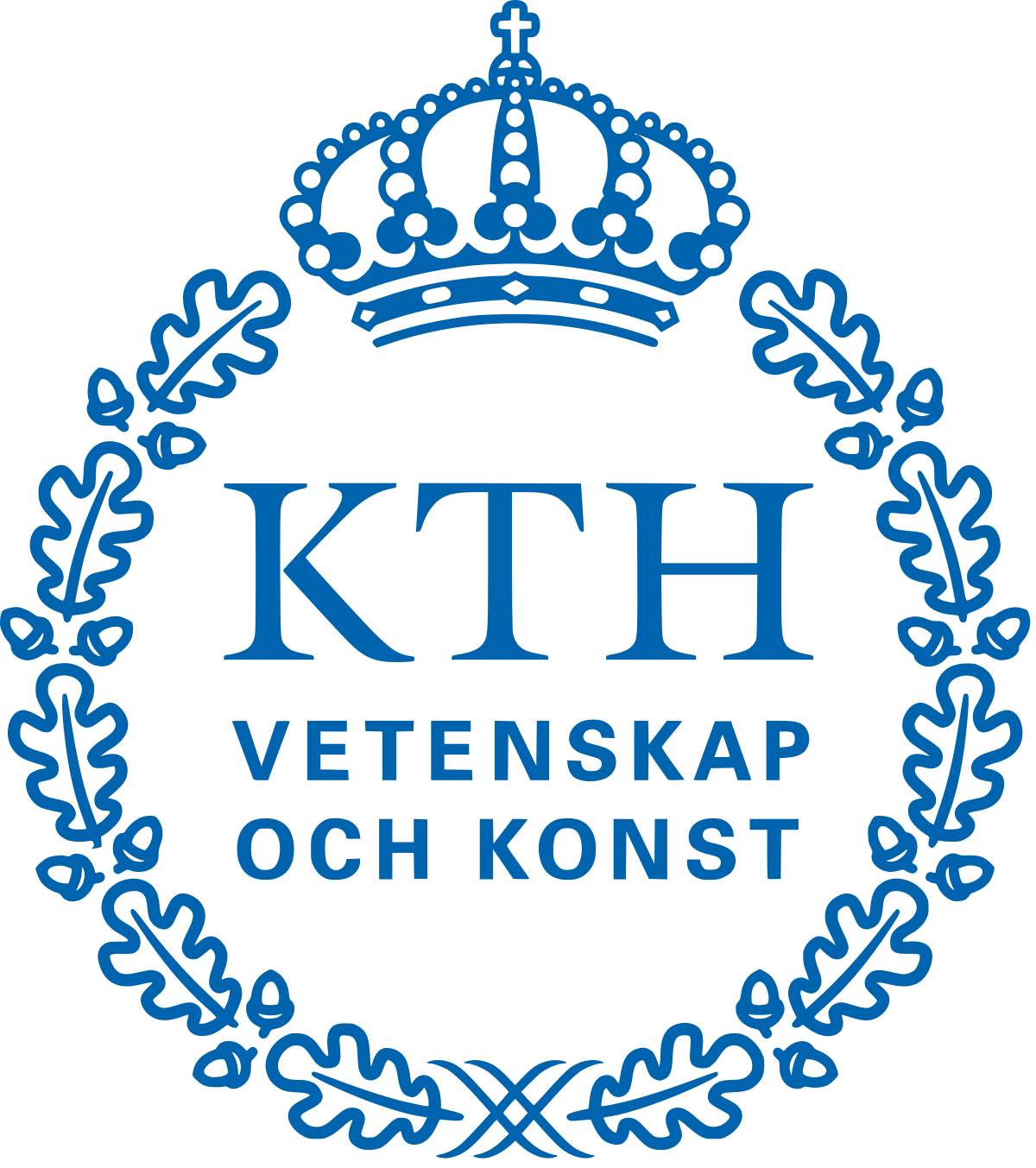
Computers and similar electronic devices have gotten faster and smaller over the decades as computer-chip makers have learned how to shrink individual transistors, the tiny electrical switches that convey digital information.
Scientists’ pursuit of the smallest possible transistor has allowed more of them to be packed onto each chip. But that race to the bottom is almost over: Researchers are fast approaching the physical minimum for transistor size, with recent models down to about 10 nanometers — or just 30 atoms — wide.
“The processing power of electronic devices comes from the hundreds of millions, or billions, of transistors that are interconnected on a single computer chip,” said Dr. Kyeongjae Cho, professor of materials science and engineering at The University of Texas at Dallas. “But we are rapidly approaching the lower limits of scale.”
To extend the quest for faster processing speed, the microelectronics industry is looking for alternative technologies. Cho’s research, published online April 30 in the journal Nature Communications, might offer a solution by expanding the vocabulary of the transistor.
Conventional transistors can convey just two values of information: As a switch, a transistor is either on or off, which translates into the 1s and 0s of binary language.
One way to increase processing capacity without adding more transistors would be to increase how much information each transistor conveys by introducing intermediate states between the on and off states of binary devices. A so-called multi-value logic transistor based on this principle would allow more operations and a larger amount of information to be processed in a single device.
“The concept of multi-value logic transistors is not new, and there have been many attempts to make such devices,” Cho said. “We have done it.”
Through theory, design and simulations, Cho’s group at UT Dallas developed the fundamental physics of a multi-value logic transistor based on zinc oxide. Their collaborators in South Korea successfully fabricated and evaluated the performance of a prototype device.
Cho’s device is capable of two electronically stable and reliable intermediate states between 0 and 1, boosting the number of logic values per transistor from two to three or four.
Cho said the new research is significant not only because the technology is compatible with existing computer-chip configurations, but also because it could bridge a gap between today’s computers and quantum computers, the potential next landmark in computing power.
While a conventional computer uses the precise values of 1s and 0s to make calculations, the fundamental logic units of a quantum computer are more fluid, with values that can exist as a combination of 1s and 0s at the same time or anywhere in between. Although they have yet to be realized commercially, large-scale quantum computers are theorized to be able to store more information and solve certain problems much faster than current computers.
“A device incorporating multi-level logic would be faster than a conventional computer because it would operate with more than just binary logic units. With quantum units, you have continuous values,” Cho said.
“The transistor is a very mature technology, and quantum computers are nowhere close to being commercialized,” he continued. “There is a huge gap. So how do we move from one to the other? We need some kind of evolutionary pathway, a bridging technology between binary and infinite degrees of freedom. Our work is still based on existing device technology, so it is not as revolutionary as quantum computing, but it is evolving toward that direction.”
“The concept of multi-value logic transistors is not new, and there have been many attempts to make such devices. We have done it.”
The technology Cho and his colleagues developed uses a novel configuration of two forms of zinc oxide combined to form a composite nanolayer, which is then incorporated with layers of other materials in a superlattice.
The researchers discovered they could achieve the physics needed for multi-value logic by embedding zinc oxide crystals, called quantum dots, into amorphous zinc oxide. The atoms comprising an amorphous solid are not as rigidly ordered as they are in crystalline solids.
“By engineering this material, we found that we could create a new electronic structure that enabled this multi-level logic behavior,” said Cho, who has applied for a patent. “Zinc oxide is a well-known material that tends to form both crystalline solids and amorphous solids, so it was an obvious choice to start with, but it may not be the best material. Our next step will look at how universal this behavior is among other materials as we try to optimize the technology.
“Moving forward, I also want to see how we might interface this technology with a quantum device.”
Learn more: Engineers Boost Potential for Creating Successor to Shrinking Transistors
The Latest on: Multi-value logic transistors
[google_news title=”” keyword=”multi-value logic transistors” num_posts=”10″ blurb_length=”0″ show_thumb=”left”]
via Google News
The Latest on: Multi-value logic transistors
- Understanding Herpes Simplex Virus: Transmission, Diagnosis, and Considerations in Pregnancy Managementon April 25, 2024 at 5:00 pm
Genital herpes simplex virus (HSV) infections are frequently asymptomatic or undiagnosed, but more than half the US population is seropositive for HSV, and about one-fifth are positive for HSV-2.
- Influenza A(H1N1)pdm09 Viruson April 24, 2024 at 5:00 pm
The authors are grateful to the Council of Scientific and Industrial Research (CSIR-CCMB), India, for encouragement and support for this work. NIH Awards (R37DA025576; R01MH085259) also support SK ...
- Computer Virus Simulatoron April 7, 2024 at 10:35 am
Computer Virus Simulator will wreak havoc on you safely in-game. Computer Virus Simulator takes you on a thrilling journey through the world of computer virus all wrapped up in a completely ...
- Hated and huntedon April 6, 2024 at 10:04 pm
He had heard about this type of computer virus and how dangerous it could be. But he never thought that he would be tricked into clicking on a wrong link. Now, as he read the ransom note ...
- A fungal pandemic is massacring frogs, but scientists just found a virus that could lead to a cureon April 5, 2024 at 11:15 pm
While examining the BD fungus to learn about weaknesses, they discovered a single-stranded DNA virus trapped within the genome of the fungus. Although this only applied to certain strains ...
- Monkey Bite Gives Man Rare Viruson April 5, 2024 at 8:41 am
A man is in critical condition after he was bitten by a monkey and contracted a rare but potentially lethal virus. The 37-year-old man was bitten by wild monkeys in Hong Kong's Kam Shan Country ...
- Man Attacked by Monkeys Catches Rare, Life-Threatening B Viruson April 4, 2024 at 5:00 pm
This week, local health officials reported a case of B virus in a 37-year-old man—the first ever reported in the region. Human B virus infections are rare, and they can be life-threatening ...
- Is Bird Flu Coming to People Next? Are We Ready?on April 4, 2024 at 5:00 pm
Unlike the coronavirus, the H5N1 virus has been studied for years. Vaccines and treatments are available should they ever become necessary. By Apoorva Mandavilli Bird flu outbreaks among dairy ...
- Hong Kong’s first monkey virus case – what do we know about the B virus?on April 4, 2024 at 5:00 pm
Hong Kong’s Centre for Health Protection has announced its first human case of B virus in a rare incidence of a virus being transmitted from animals to humans. The centre is urging the public to ...
- Bird Flu Detected in a Person in Texas: What We Know So Faron April 1, 2024 at 5:00 pm
A person in Texas has tested positive for the highly pathogenic avian influenza A virus (H5N1), also known as bird flu, the U.S. Centers for Disease Control and Prevention has confirmed.
via Bing News










